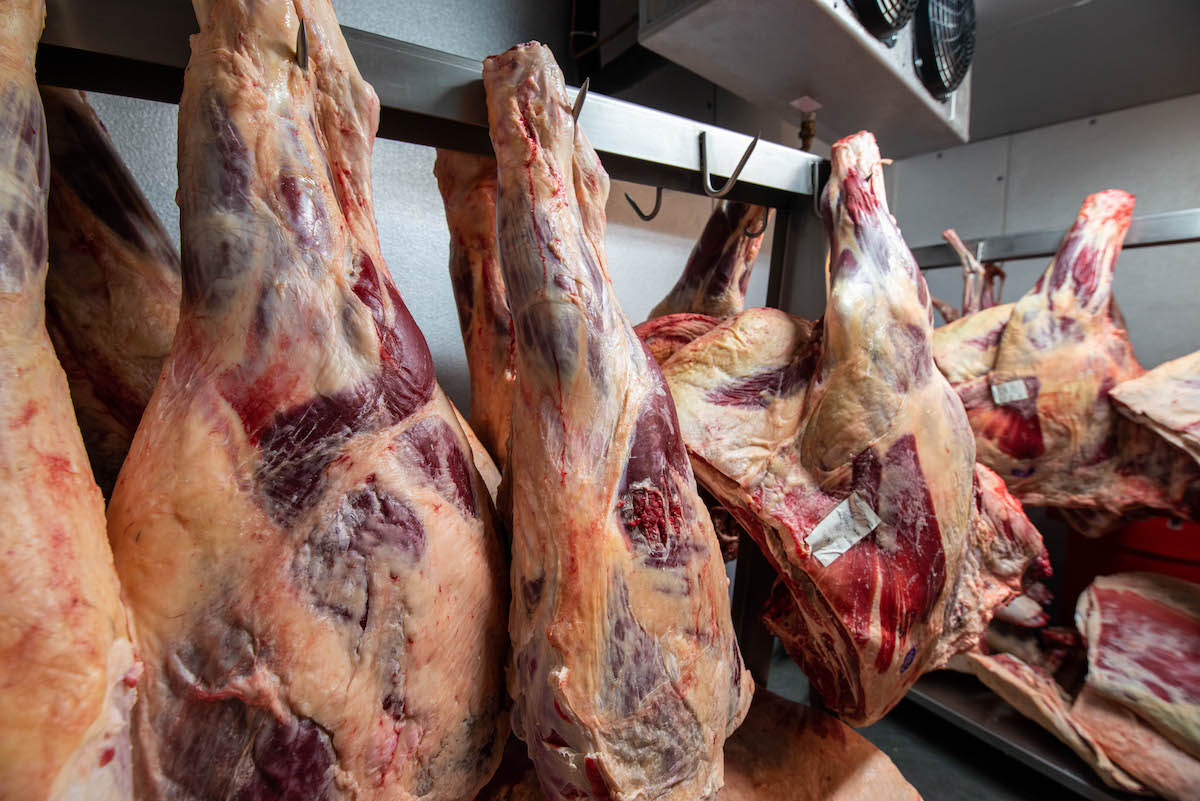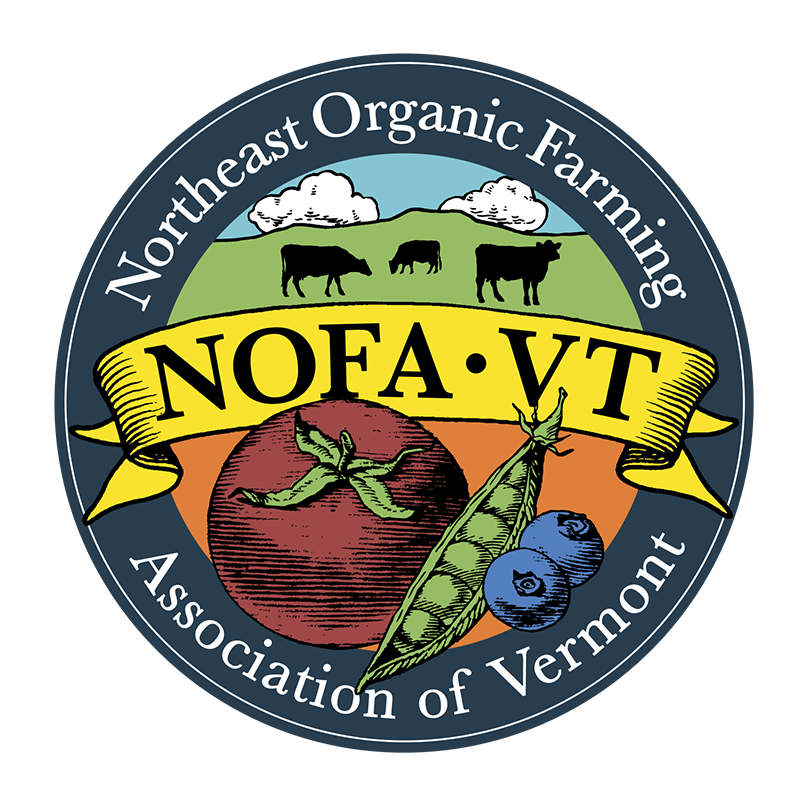Over the last two years, one bright spot to be found in the bleakness of the COVID-19 pandemic is the dramatic increase in demand for local food. As variants linger on and supply chain issues continue, that increase in demand has shown no signs of slowing down. Yet, many of Vermont’s livestock farmers have struggled to take advantage of this heightened demand due to constraints in the slaughter and processing of their animals.
In order to sell cuts of meat, along with value-added products like sausage and bacon, animals must be slaughtered and butchered in a USDA or state inspected facility. That meat can then be packaged with the appropriate mark of inspection and sold in various retail settings. The meat that you purchase at your local farm stand, grocery store, or farmers market, is all slaughtered and processed under inspection. While on-farm custom butchery offers an alternative, farms using this option are only able to sell whole, half, or quarter animals, which can make finding customers more difficult.
Vermont currently has seven USDA inspected and two state-inspected slaughter facilities. These facilities are all at almost maximum capacity, with several booking slaughter spots 18 months in advance. In some cases, farmers have to sign up for slaughter times for animals that haven't even been born yet. This pinch means that farmers have little to no ability to increase livestock numbers to meet demand in a timely manner. It also means there is very little room for new farmers to find a slaughter facility with the capacity to take on new customers. Without inspected slaughter, most commercial livestock operations are forced to sell their animals custom slaughtered or look for options out of state.
Over the last two years, NOFA-VT, with funding support from the Vermont Community Foundation, has been working to help bring new slaughter and processing plants online to help alleviate this significant bottleneck. One of the many elements a slaughterhouse or processor needs by law is a Hazard Analysis and Critical Control Point plan, or HACCP for short, for each of the products they make. HACCP is a science-based document that lays out the food safety protocol that the facility will follow. These plans can be complicated and time-consuming to develop and many facility owners end up needing to pay an outside consultant to write their plans for them.

Through this project, NOFA-VT has been working to develop and provide HACCP plans for processors free of charge. This service, along with assistance in streamlining the inspection application process has allowed six processing facilities to increase their knowledge of food safety and prepare for inspection. Of those six, four have achieved state inspection already and two are still working towards it.
Our work has also included providing business planning and coaching for entrepreneurs who are interested in starting up a small-scale facility. Even on the very smallest scale, start-up costs for a slaughterhouse can easily run over a million dollars. For someone considering getting involved in this industry, it’s crucial to have accurate projections and cost estimates. We have worked with three different entrepreneurs who are hoping to open slaughter facilities in Vermont this year.
We’re proud to be able to do this work on behalf of Vermont’s livestock producers but there is still a long way to go in fully breaking through the slaughter and processing bottleneck. Even once running, these facilities are very expensive to operate and owners struggle with finding the cash flow to upgrade or replace equipment as needed. Luckily, recently announced federal loan programs are set to provide low-cost capital for small and medium-sized processors.
The meat processing industry is also notoriously understaffed. While most Vermont slaughter and processing plants pay quite well, the jobs entail long hours standing and lifting heavy carcasses and cuts of meat; injuries can happen and chronic under-staffing can lead to folks exiting the industry due to burnout. While most facilities will train employees on the job, there is still a need for outside workforce development to create a steady pipeline of new entrants into the meat processing workforce. Several Vermont programs, including grant funds from the Working Lands Enterprise Initiative and classes at Vermont Technical College, are working to shore up that gap.
While there are still supply-chain challenges facing Vermont’s livestock producers, we are excited to see new slaughter and processing facilities opening. The addition of facilities with new capacity means that farmers can raise more livestock secure in the knowledge that they can get their animals processed under inspection, allowing them to access a greater number of customers through retail, wholesale, and direct markets.

